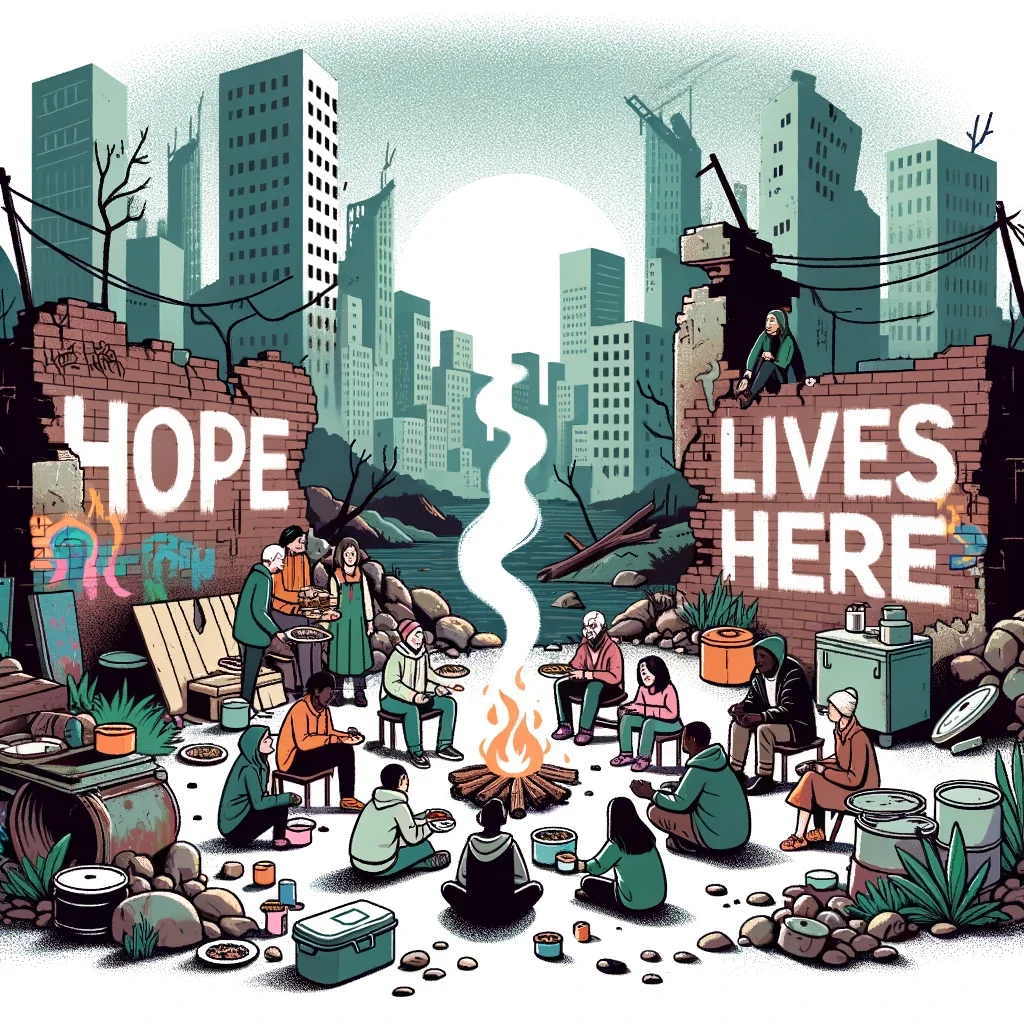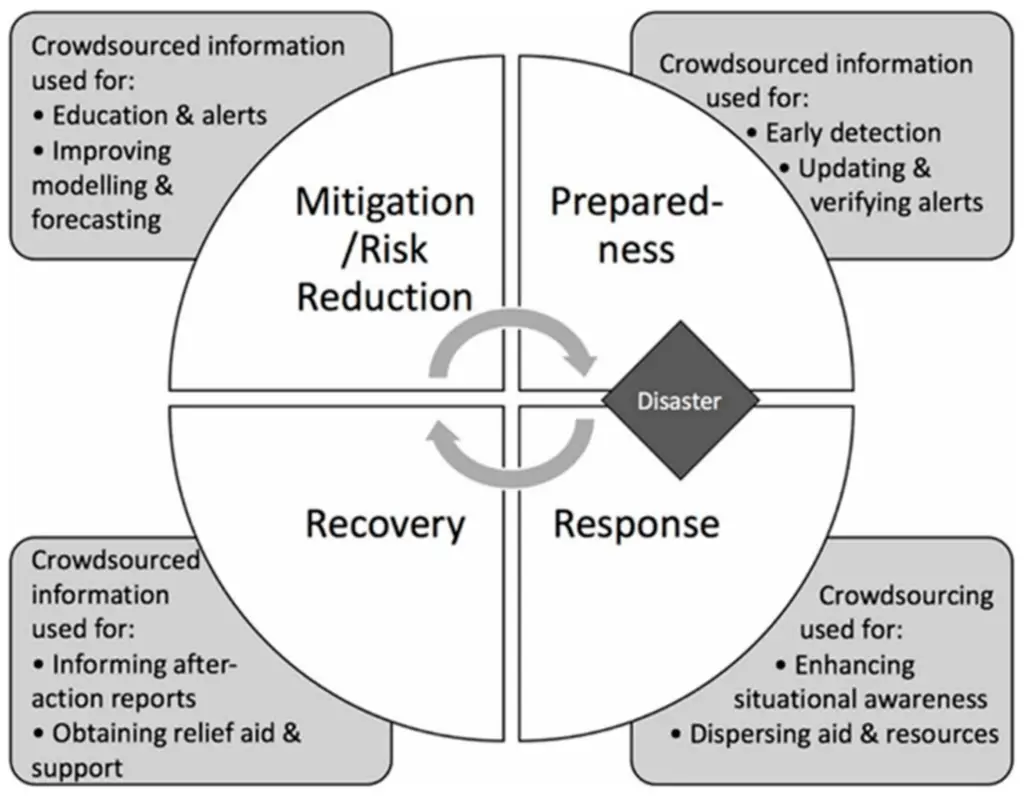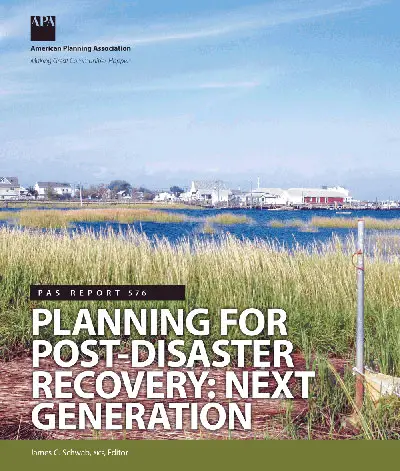Have you ever wondered what you would do if you found yourself in a post-disaster urban environment? Whether it’s a natural disaster like a hurricane or earthquake, or a man-made disaster like a terrorist attack, being prepared and knowing how to navigate safely can make all the difference. In this article, we’ll discuss various strategies and tips to help you safely navigate post-disaster urban environments.
Assessing the Situation
Before you can begin to navigate a post-disaster urban environment, it’s crucial to assess the situation around you. Take a moment to observe your surroundings and gather as much information as possible. Look for any potential hazards such as fires, downed power lines, or unstable structures.
Be aware of your surroundings and take note of any injured individuals who may need help. It’s essential to have a clear understanding of the immediate dangers in order to make informed decisions about your next steps.
What to Look For
- Fires
- Downed power lines
- Unstable structures
- Injured individuals
Taking the time to assess the situation can help you stay safe and make better decisions as you navigate through a post-disaster urban environment.
Establish Communication
Communication is key in any emergency situation, especially in a post-disaster urban environment where resources may be scarce and conditions are chaotic. Make sure you have a way to communicate with others, whether it’s through a cell phone, two-way radio, or other means.
Having a communication plan in place with your family or group can help you stay connected and coordinate your efforts. Make sure everyone knows where to meet up in case you get separated and have a plan for how to communicate if traditional methods are not available.
Communication Tools
- Cell phone
- Two-way radio
- Whistle
- Signal mirror
Establishing communication can help you stay in contact with others and coordinate your actions as you navigate through a post-disaster urban environment.

Be Prepared
Being prepared is crucial when navigating a post-disaster urban environment. Make sure you have a well-stocked emergency kit with essential supplies such as water, food, first aid supplies, and any necessary medications.
It’s also important to have a plan in place for where you will go and how you will get there. Familiarize yourself with emergency routes and evacuation procedures in your area, so you know the best way to reach safety in the event of a disaster.
Emergency Kit Supplies
- Water
- Non-perishable food
- First aid supplies
- Medications
- Flashlight
- Whistle
Having a well-stocked emergency kit and a plan in place can help you stay safe and prepared as you navigate through a post-disaster urban environment.
Stay Informed
In a post-disaster urban environment, information is power. Stay informed about the current situation, any potential hazards, and any resources or assistance that may be available.
Listen to emergency broadcasts on a battery-powered radio or check social media and news sites for updates. Pay attention to any instructions or advisories from local authorities, and be prepared to follow their guidance.
Information Sources
- Battery-powered radio
- Social media
- News sites
- Local authorities
Staying informed can help you make better decisions and stay safe as you navigate through a post-disaster urban environment.

Travel Safely
When navigating through a post-disaster urban environment, it’s essential to travel safely and cautiously. Watch out for debris, damaged buildings, and other hazards that may impede your progress.
Stick to main roads and well-lit areas whenever possible, and avoid shortcuts through alleys or unfamiliar areas. Keep an eye out for potential dangers and be prepared to change course if necessary.
Travel Tips
- Stick to main roads
- Avoid shortcuts
- Watch out for hazards
- Be prepared to change course
Traveling safely can help you avoid unnecessary risks and reach safety more quickly as you navigate through a post-disaster urban environment.
Help Others
In a post-disaster urban environment, it’s important to look out for others and lend a helping hand when needed. If you encounter someone who is injured or in distress, assess the situation and offer assistance if you can do so safely.
Work together with others to share resources, information, and support each other during difficult times. Remember that by helping others, you’re not only making a difference in their lives but also strengthening your community as a whole.
Ways to Help
- Offer first aid
- Share food and water
- Provide information
- Offer emotional support
Helping others can make a significant impact and create a sense of unity and resilience as you navigate through a post-disaster urban environment.

Stay Calm
In any emergency situation, it’s essential to stay calm and focused. Take deep breaths, assess the situation, and make rational decisions based on the information available to you.
Remember that panic and fear can cloud your judgment and impede your ability to navigate safely through a post-disaster urban environment. Stay positive, stay focused, and trust in your abilities to overcome the challenges ahead.
How to Stay Calm
- Take deep breaths
- Focus on the present
- Stay positive
- Trust your abilities
Staying calm can help you think clearly and make informed decisions as you navigate through a post-disaster urban environment.
Seek Shelter
If you find yourself in a post-disaster urban environment and are unable to reach safety immediately, seek shelter in a safe place until help arrives. Look for sturdy buildings, underground structures, or other secure locations where you can take refuge from the elements.
Avoid areas that may be prone to flooding, landslides, or other hazards, and make sure your shelter is well-ventilated and easily accessible. Stay put until you receive further instructions or assistance from emergency responders.
Shelter Options
- Sturdy buildings
- Underground structures
- Secure locations
- Well-ventilated areas
Seeking shelter can help protect you from the elements and provide a safe haven as you navigate through a post-disaster urban environment.

Plan Your Route
When navigating through a post-disaster urban environment, it’s important to have a plan for where you’re going and how you’re going to get there. Familiarize yourself with your surroundings and map out the safest route to your destination.
Identify landmarks, emergency shelters, and other points of interest along the way to help guide your journey. Be prepared to adapt your route based on changing conditions and new information as you progress.
Route Planning Tips
- Identify landmarks
- Locate emergency shelters
- Adapt based on conditions
- Stay flexible
Planning your route can help you stay on track and reach safety more efficiently as you navigate through a post-disaster urban environment.
Trust Your Instincts
In a post-disaster urban environment, your instincts can be your best guide. Listen to your gut feelings and pay attention to any signs or cues that suggest danger or opportunity.
If something doesn’t feel right, trust your instincts and take action to protect yourself and those around you. Remember that your intuition is a powerful tool that can help you navigate safely through challenging situations.
Trust Yourself
- Listen to your gut feelings
- Pay attention to signs
- Take action when needed
- Protect yourself and others
Trusting your instincts can help you make quick decisions and stay safe as you navigate through a post-disaster urban environment.

Stay Positive
In the face of adversity, maintaining a positive attitude can make all the difference. Stay hopeful, stay determined, and focus on the small victories along the way.
Remember that you have the strength and resilience to overcome any challenges that come your way. By staying positive and keeping a hopeful outlook, you can navigate through a post-disaster urban environment with confidence and grace.
Positive Mindset
- Stay hopeful
- Focus on victories
- Be resilient
- Have confidence
Maintaining a positive attitude can help you stay motivated and resilient as you navigate through a post-disaster urban environment.
In conclusion, navigating through a post-disaster urban environment can be a challenging and potentially dangerous task. However, by following these strategies and tips, you can stay safe, informed, and prepared to overcome whatever obstacles you may face. Remember to assess the situation, establish communication, be prepared, stay informed, travel safely, help others, stay calm, seek shelter, plan your route, trust your instincts, and stay positive as you navigate through this challenging environment.
With a proactive and cautious approach, you can increase your chances of making it safely through a post-disaster urban environment and emerge stronger on the other side. Stay safe, stay informed, and stay resilient as you navigate through these challenging times.
